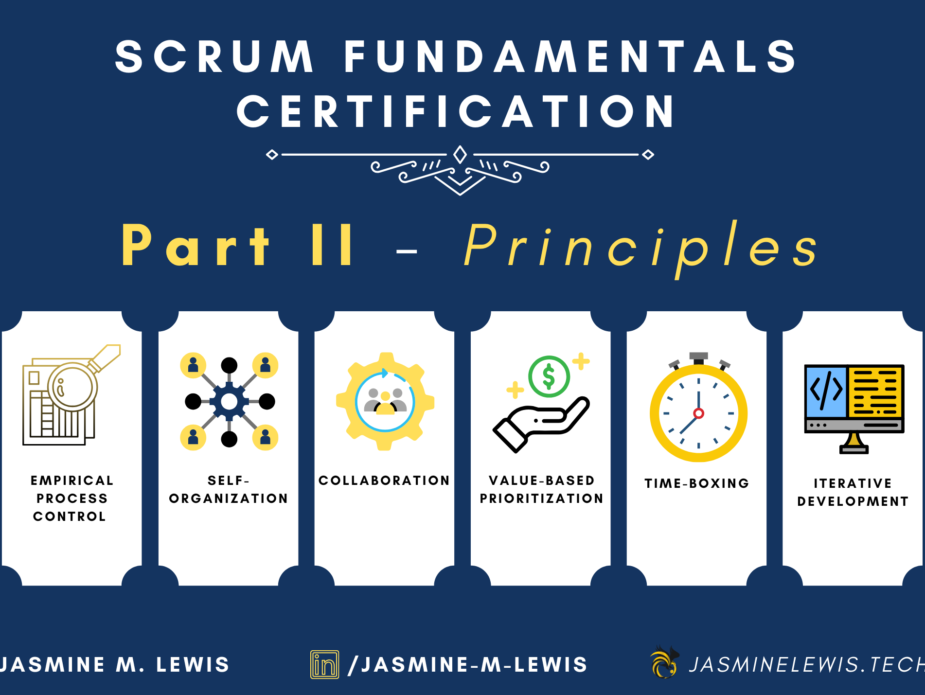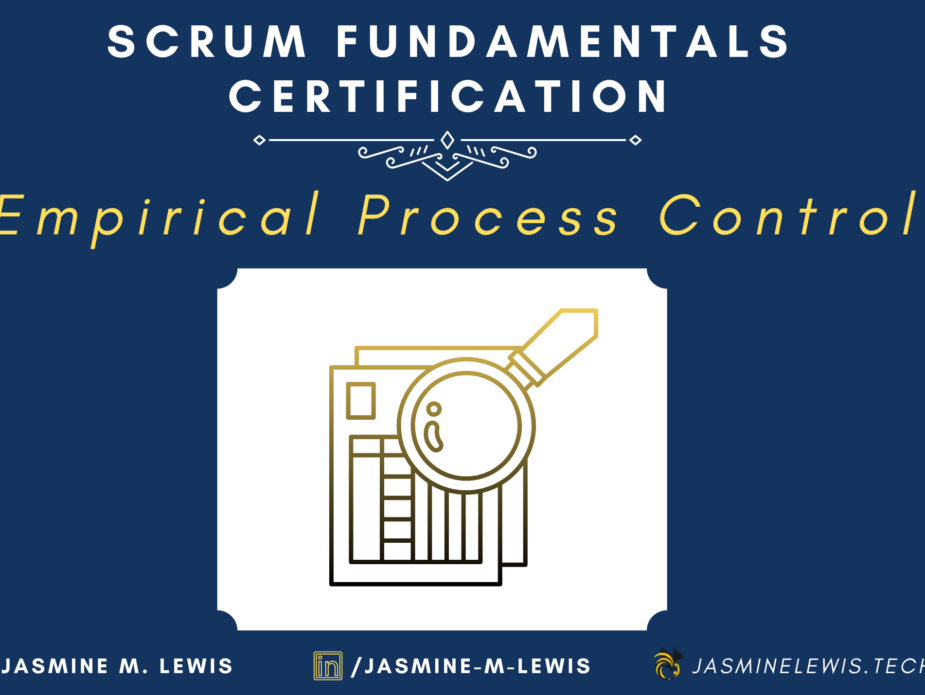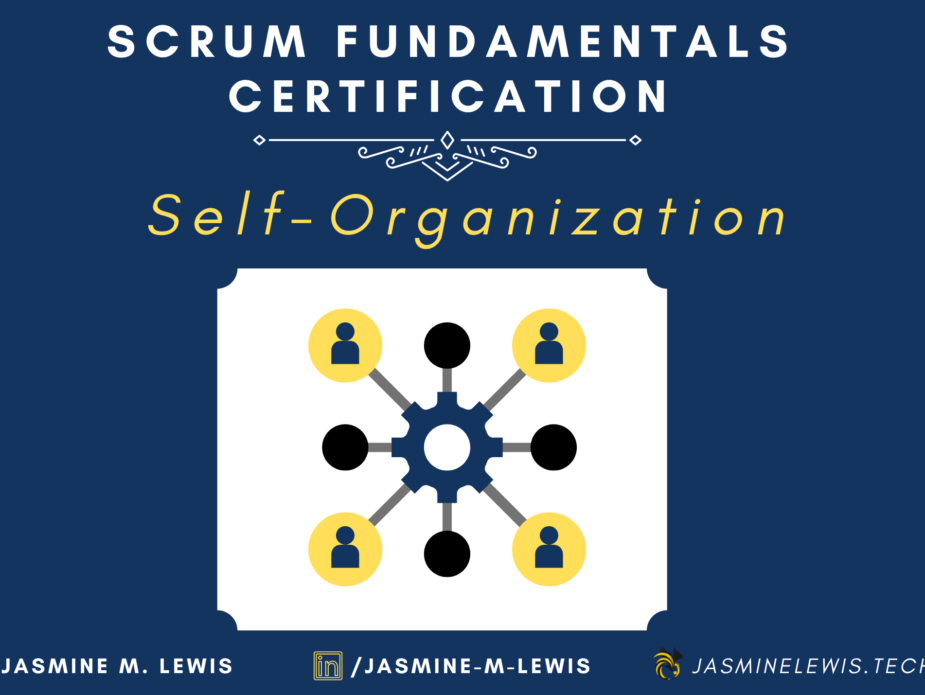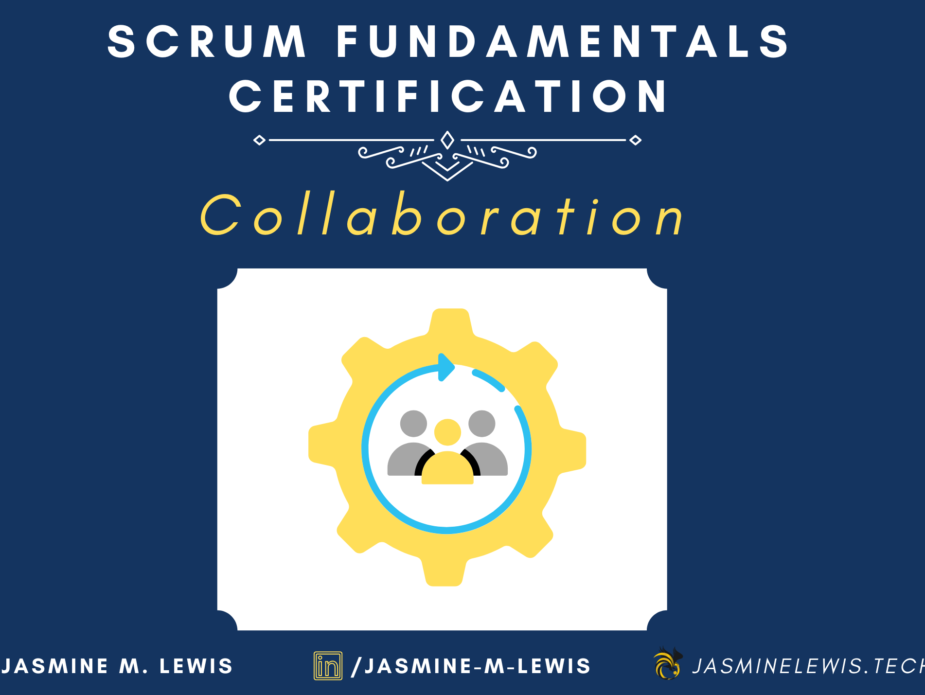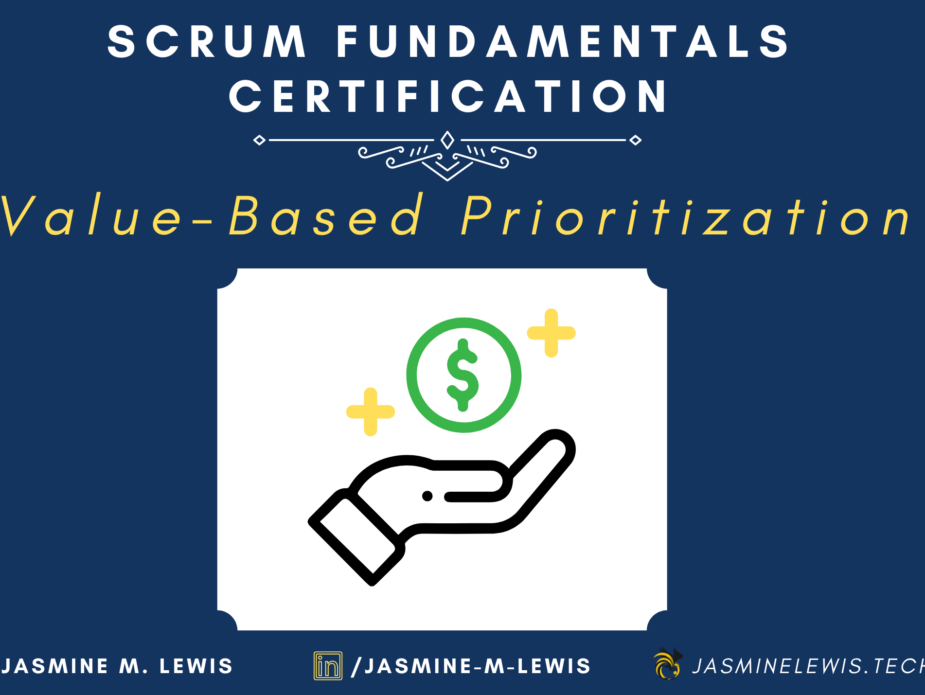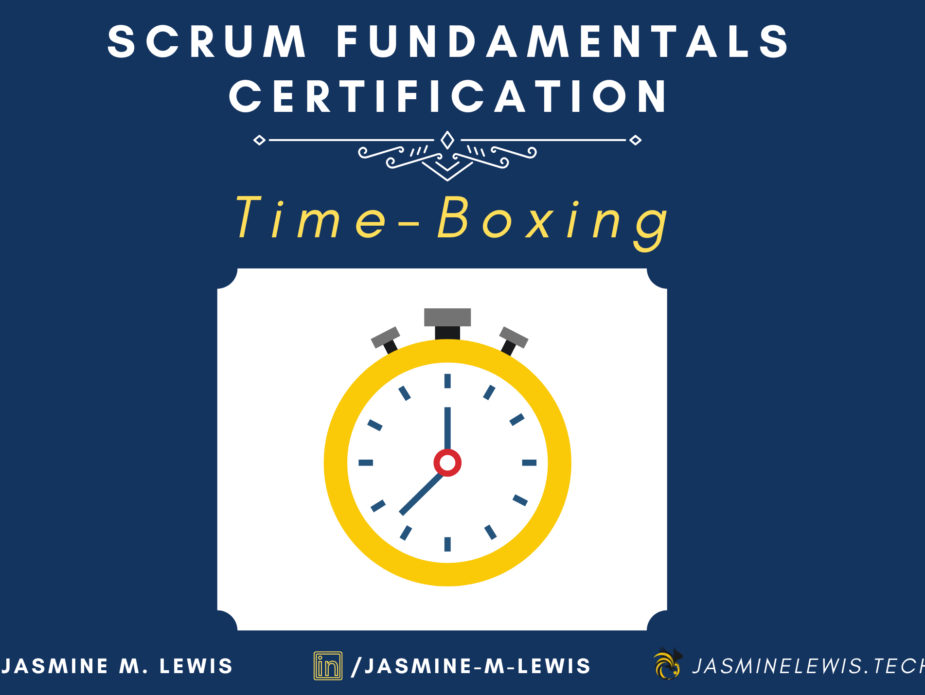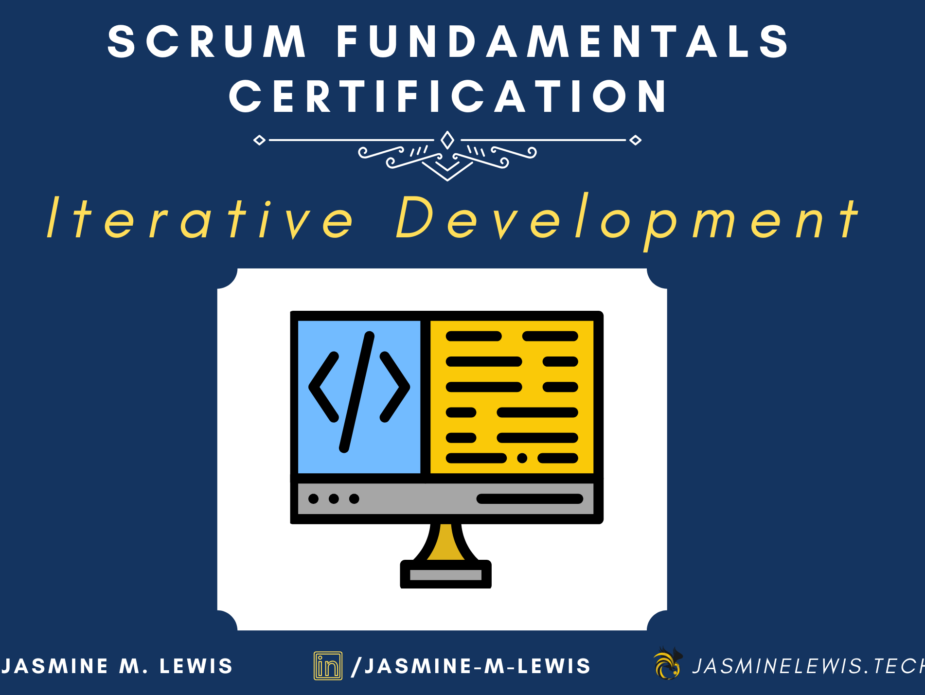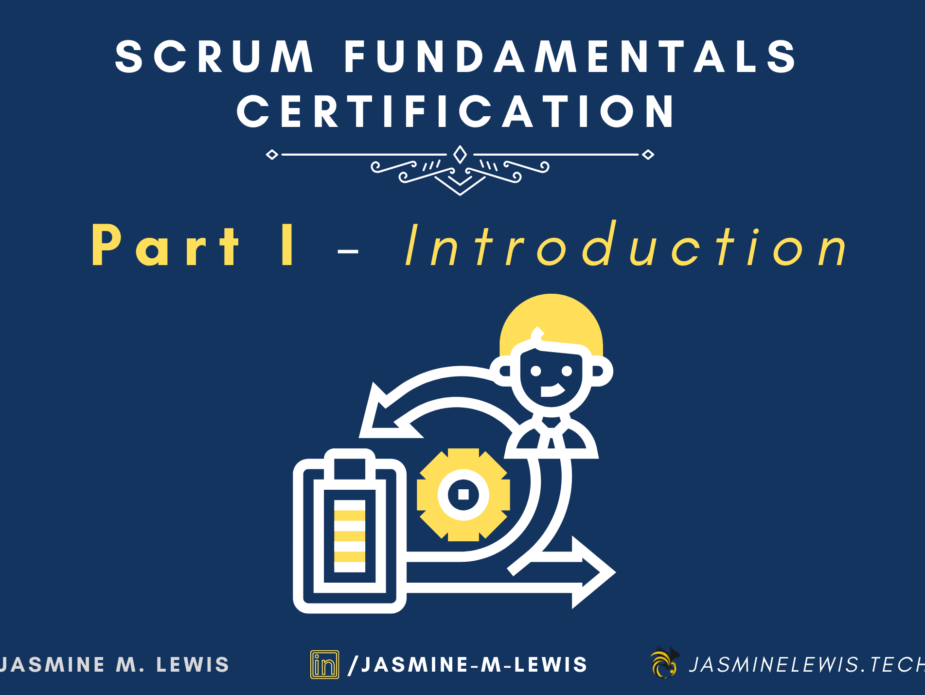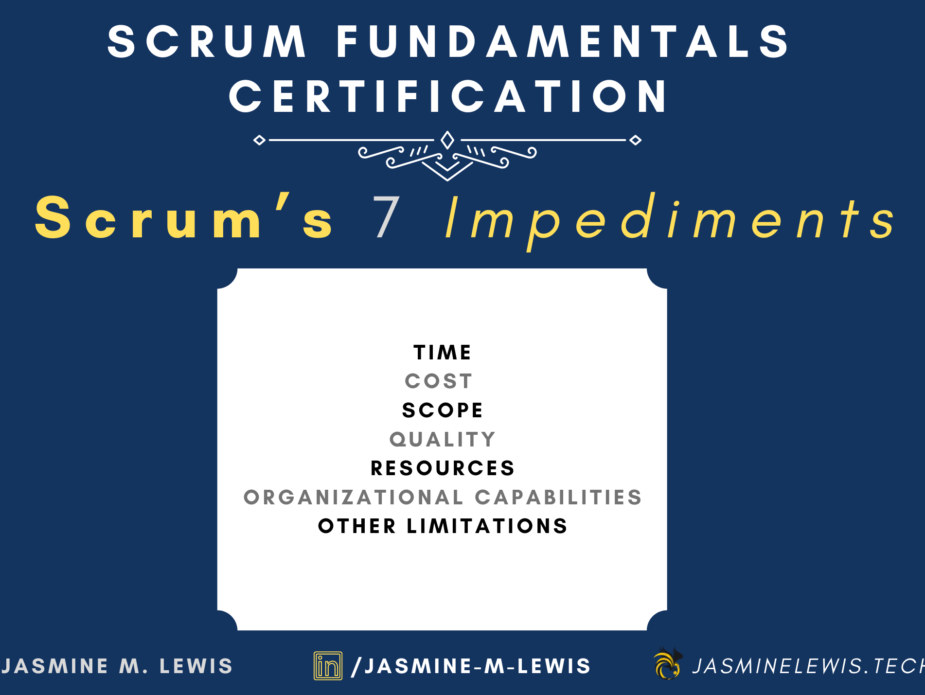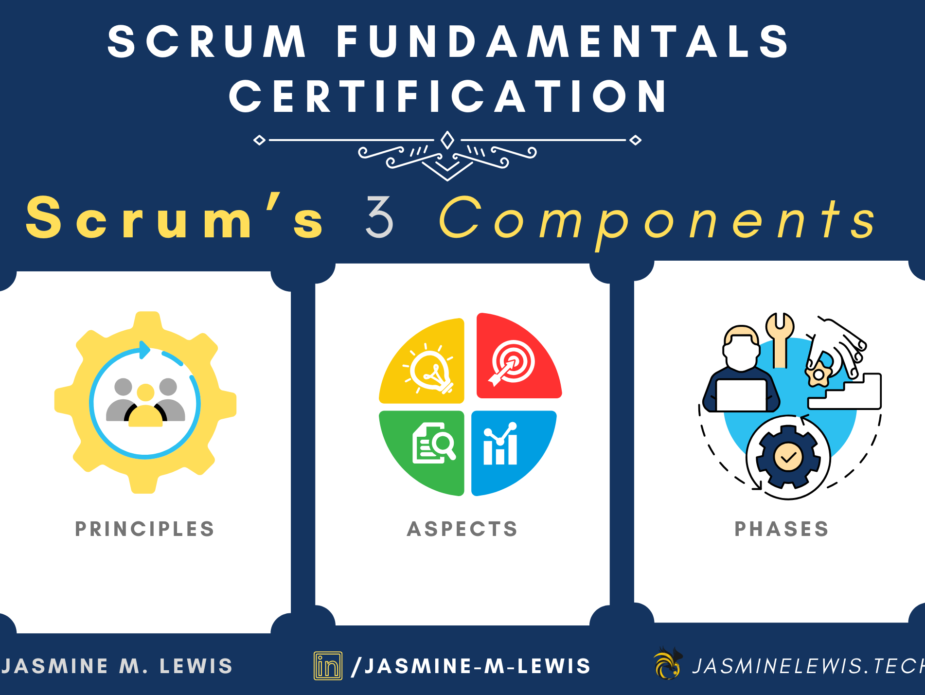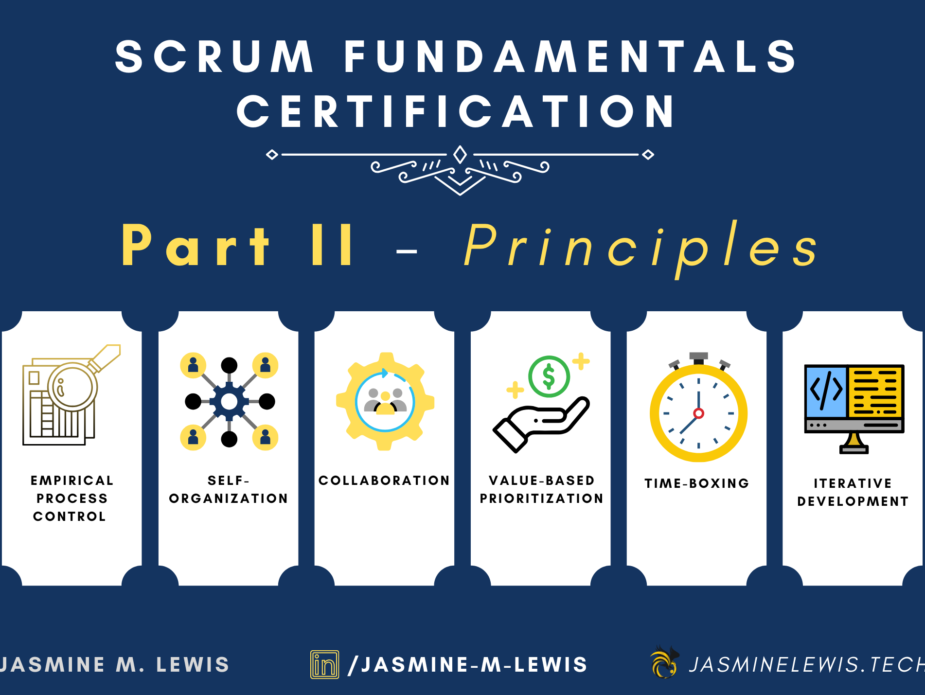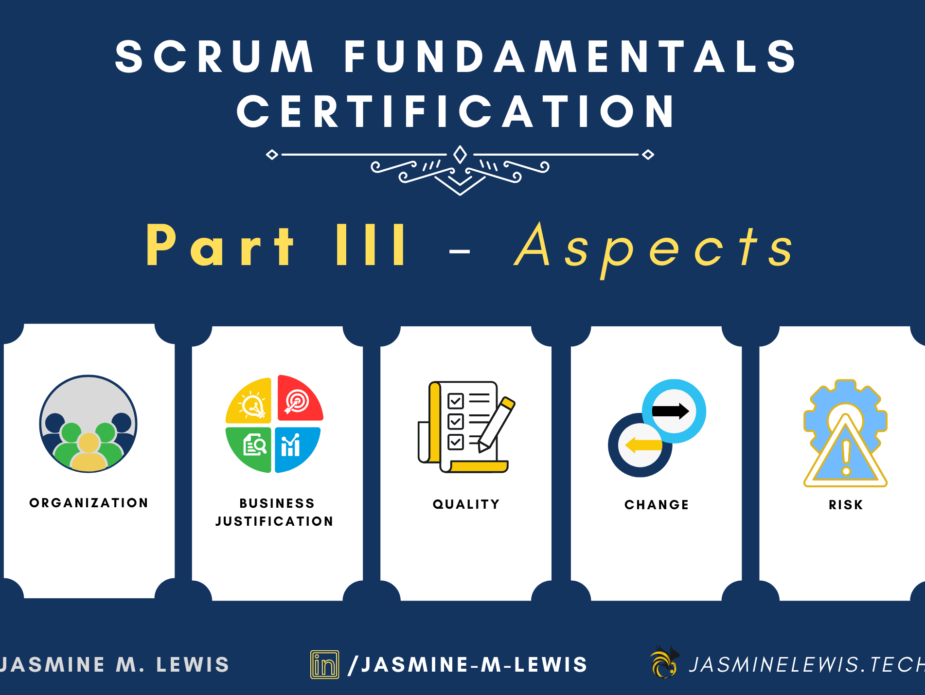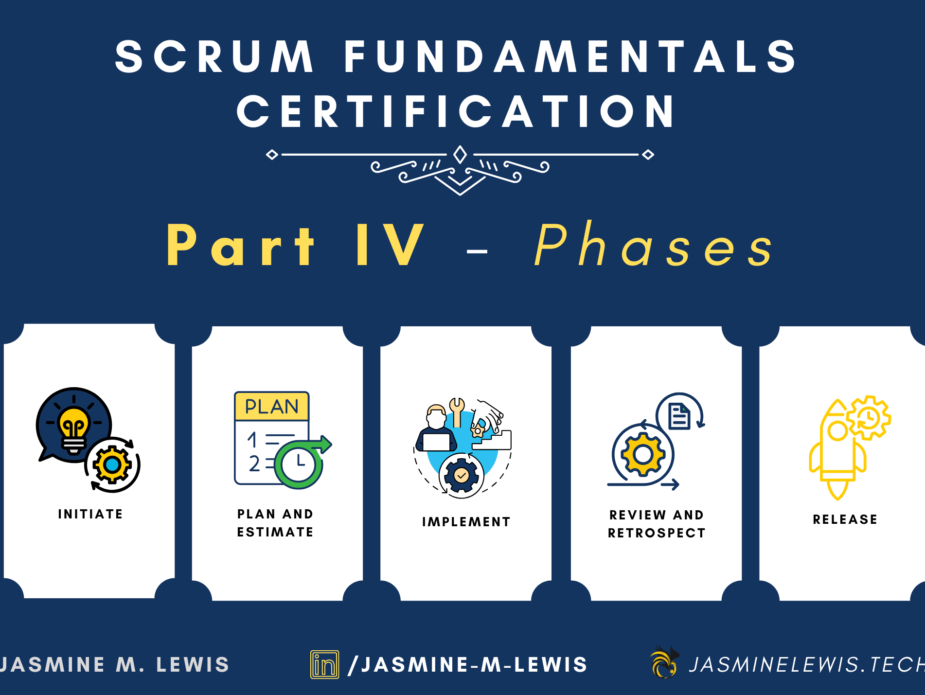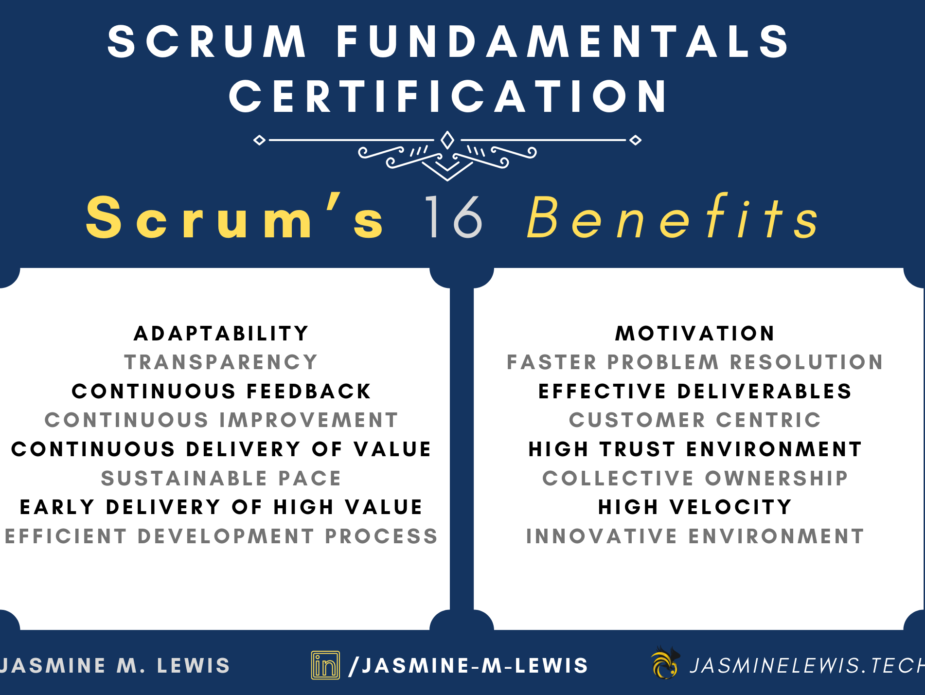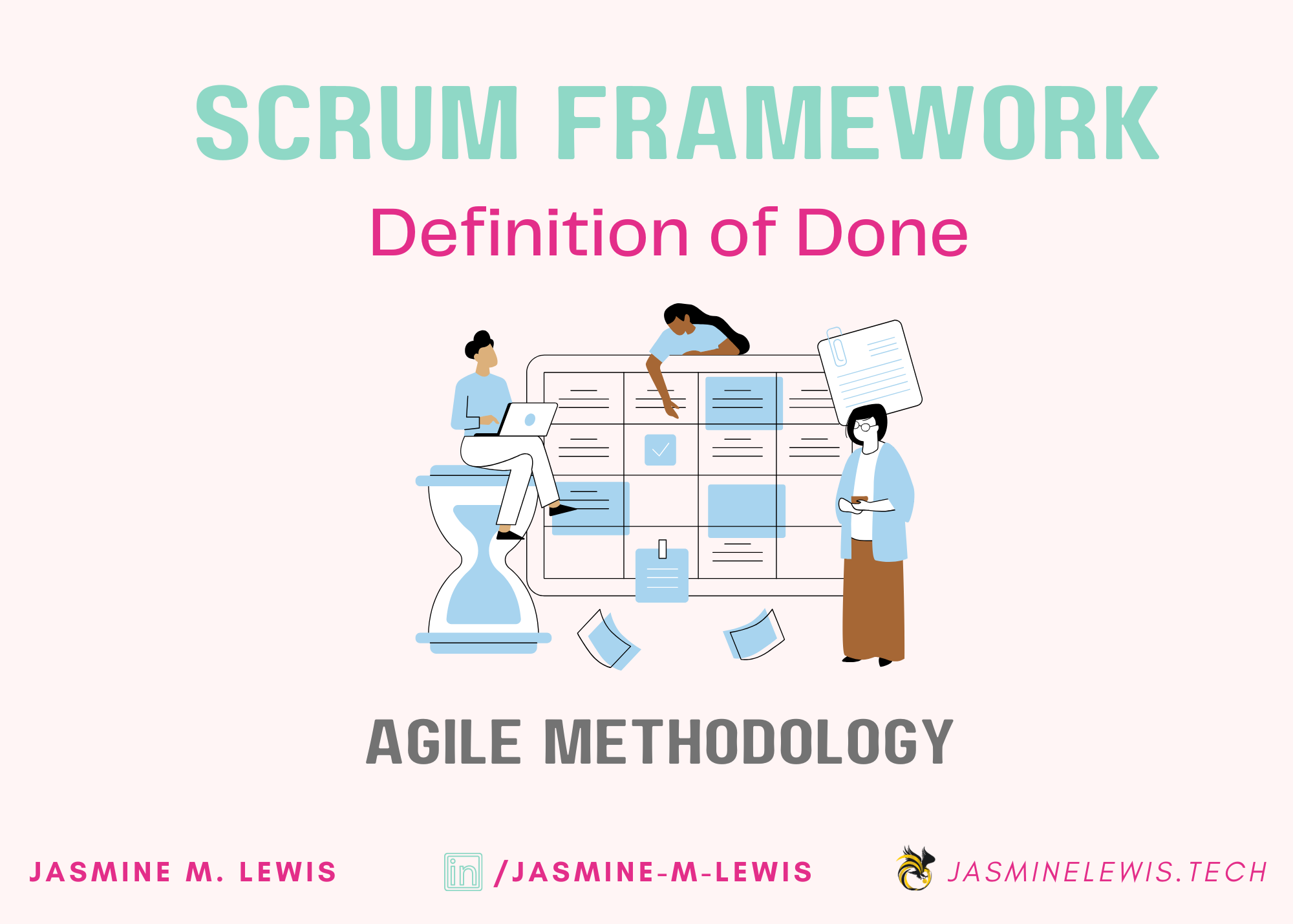Scrum Fundamentals Certification (SFC) | Study Guide – Part II: Scrum Principles
In my previous article Scrum Fundamentals Certification (SFC) | Study Guide – Part I: Introduction, I provide a synopsis of the examination, an overview of scrum, its principles, aspects, phases, benefits, and impediments. As aforementioned, I am pursuing my SCRUMstudy’s Scum Fundamentals Certification (SFC) to learn how to more sophistically implement the Scrum framework, an agile methodology, into my software and project management projects. In this section, Scrum Fundamentals Certification (SFC) | Study Guide – Part II: Principles , I will outline the six principles of the Scrum framework necessary to pass SCRUMstudy’s Scrum Fundamentals Certification.
